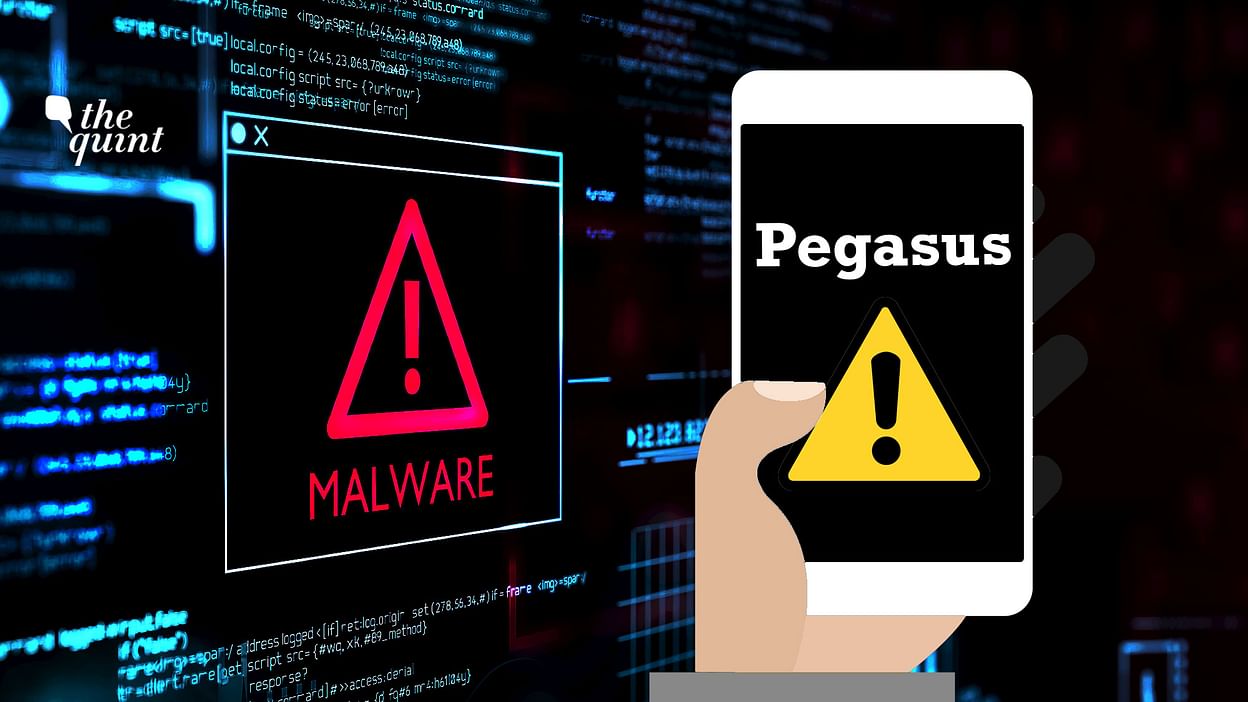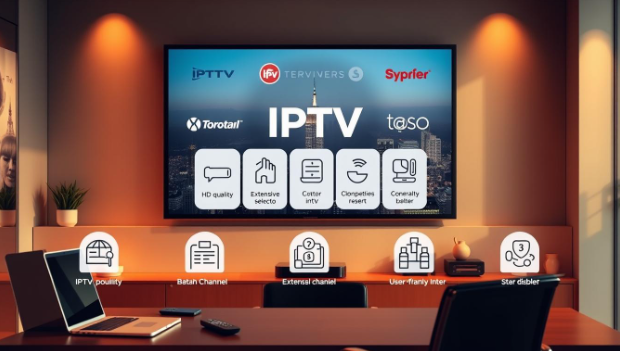Here’s what every business must know about malware attacks

Malware attacks have caused massive damage to businesses worldwide. Hackers are relying on different types of malware, with varied intentions. From stealing & editing data, to encrypting files for a ransom and spying on user activities, the purpose could vary. Malware attacks are typically launched through phishing scams, and it is important for companies to have a proactive approach to prevention. Here’s what every business must know about malware attacks.
Common types of malware
The first kind of malware that you must worry about are viruses, which are typically attached to a file or program. The program must be run by the user, for the virus to work as intended by the hacker. Another common malware is trojan, which comes off as legit software or download, so the user is tricked into installing it, and trojans can be used for further malware attacks, for spying, or even for encrypting files using ransomware. Worms are also a kind of malware and have the ability to replicate. Businesses in recent years have also suffered because of ransomware attacks. This kind of malware encrypts files, and the hacker will ask for a ransom, in return of a decryption key.
Ways to prevent malware attacks
There are a few basic steps that can prevent malware attacks –
- Update all software and firmware to the latest version.
- Uninstall old software that’s not in use anymore.
- Focus on creating strong passwords.
- Place all networked devices behind firewalls.
- Ensure that only required people have access to devices, hardware, video surveillance systems.
- Change passwords frequently, and ask employees to use a password manager.
- Focus on network protection and encryption.
- Use antimalware and antispyware for devices and PCs.
- If employees are working from home, ask them to use VPNs and encrypted connections.
Cybersecurity training for employees
It is absolutely critical to hire experts, to train teams and employees about malware infections. People within the organization must know what malware attacks are all about, how phishing scams work, and when and how to report an incident. If your company has not made guidelines for WFH security, do that as soon as possible, and there should be a clear BYOD policy in place.
The roadmap ahead
Malware attacks are likely to continue, more so in 2020, given that the business world has suffered so many disruptions because of ongoing pandemic. If required, consider running a bug bounty program, to find and fix security flaws, or engage ethical hackers in some capacity.








